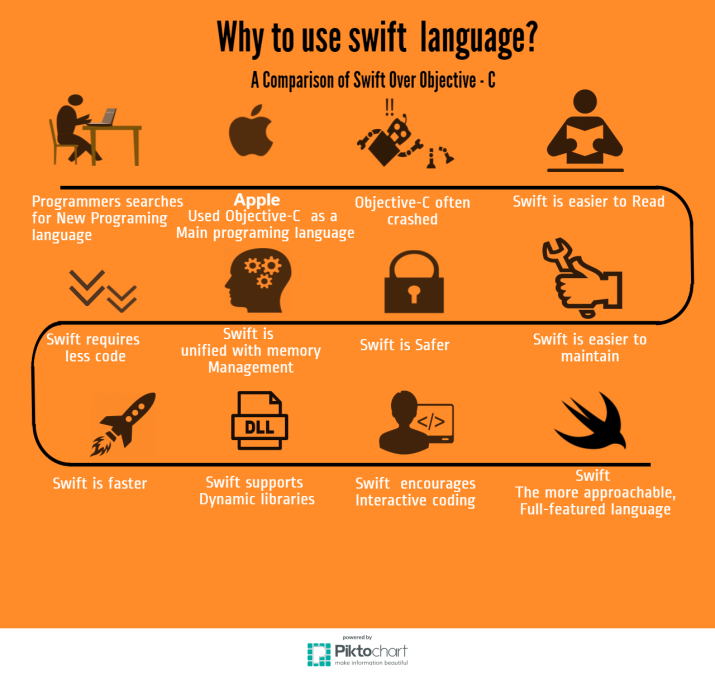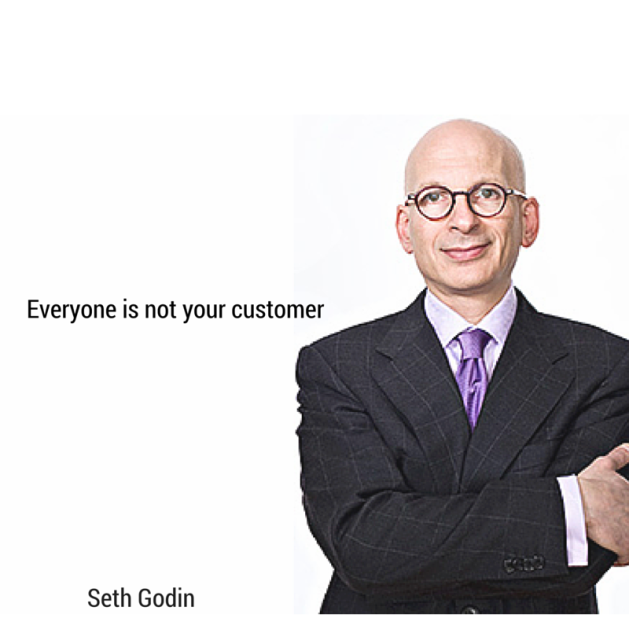In marketing, lead generation is the initiation of consumer interest or inquiry into products or services of a business. Leads can be created for purposes such as list building, e-newsletter list acquisition or for sales leads. The methods for generating leads typically fall under the umbrella of advertising, but may also include non-paid sources such as organic search engine results or referrals from existing customers.[1]
Leads may come from various sources or activities, for example, digitally via the Internet, through personal referrals, through telephone calls either by the company or telemarketers, through advertisements, and events. A 2015 study found that 89% of respondents cited email as the most-used channel for generating leads, followed by content marketing, search engine, and finally events.[2] A study from 2014 study found that direct traffic, search engines, and web referrals were the three most popular online channels for lead generation, accounting for 93% of leads.[3]
Lead generation is often paired with lead management to move leads through the purchase funnel. This combination of activities is referred to as pipeline marketing.
Online lead generation
is an Internet marketing term that refers to the generation of prospective consumer interest or inquiry into a business‘ products or services through the Internet. Leads, also known as contacts, can be generated for a variety of purposes: list building, e-newsletter list acquisition, building out reward programs, loyalty programs or for other member acquisition programs
Sales leads are generated on the basis of demographic criteria such as FICO score, income, age, HHI, psychographic, etc. These leads are resold to multiple advertisers. Sales leads are typically followed up through phone calls by the sales force. Sales leads are commonly found in the mortgage, insurance and finance leads.
Marketing leads are brand-specific leads generated for a unique advertiser offer. In direct contrast to sales leads, marketing leads are sold only once. Because transparency is a necessary requisite for generating marketing leads, marketing lead campaigns can be optimized by mapping leads to their sources.
Social media
With growth of social networking websites, social media is used by organizations and individuals to generate leads or gain business opportunities. Many companies actively participate on social networks including LinkedIn, Twitter and Facebook to find talent pools or market their new products and services.[4]
Online advertising
There are three main pricing models in the online advertising market that marketers can use to buy advertising and generate leads:
- Cost per thousand (e.g. CPM Group, Advertising.com), also known as cost per mille (CPM), uses pricing models that charge advertisers for impressions — i.e. the number of times people view an advertisement. Display advertising is commonly sold on a CPM pricing model. The problem with CPM advertising is that advertisers are charged even if the target audience does not click on (or even view) the advertisement.
- Cost per click advertising (e.g. AdWords, Yahoo! Search Marketing) overcomes this problem by charging advertisers only when the consumer clicks on the advertisement. However, due to increased competition, search keywords have become very expensive. A 2007 Doubleclick Performics Search trends report shows that there were nearly six times as many keywords with a cost per click (CPC) of more than $1 in January 2007 than the prior year. The cost per keyword increased by 33% and the cost per click rose by as much as 55%.
- Cost per action advertising (e.g. TalkLocal, Thumbtack) addresses the risk of CPM and CPC advertising by charging only by the lead. Like CPC, the price per lead can be bid up by demand. Also, like CPC, there are ways in which providers can commit fraud by manufacturing leads or blending one source of lead with another (example: search-driven leads with co-registration leads) to generate higher profits. For such marketers looking to pay only for specific actions, there are two options: CPL advertising (or online lead generation) and CPA advertising (also referred to as affiliate marketing). In CPL campaigns, advertisers pay for an interested lead — i.e. the contact information of a person interested in the advertiser’s product or service. CPL campaigns are suitable for brand marketers and direct response marketers looking to engage consumers at multiple touchpoints — by building a newsletter list, community site, reward program or member acquisition program. In CPA campaigns, the advertiser typically pays for a completed sale involving a credit card transaction.
Recently,[when?] there has been a rapid increase in online lead generation: banner and direct response advertising that works off a CPL pricing model. In a pay-per-action (PPA) pricing model, advertisers pay only for qualified leads resulting from those actions, irrespective of the clicks or impressions that went into generating the lead. PPA advertising is playing an active role in online lead generation.
PPA pricing models are more advertiser-friendly as they a less susceptible to fraud and bots. With pay per click providers can commit fraud by manufacturing leads or blending one source of lead with another (example: search-driven leads with co-registration leads) to generate higher profits for themselves.
A GP Bullhound research report stated that the online lead generation was growing at 71% YTY[when?] — more than twice as fast as the online advertising market. The rapid growth is primarily driven by the advertiser demand for ROI focused marketing, a trend that is expected to accelerate during a recession.
Common types of opt-in ad units include:
- Co-registration advertising: The advertiser receives some or all of the standard fields collected by a site during the site’s registration process.
- Full page lead generation: The advertiser’s offer appears as a full page ad in an HTML format with relevant text and graphics. The advertiser receives the standard fields and answers to as many as twenty custom questions that s/he defines.
- Online surveys: Consumers are asked to complete a survey, including their demographic information and product and lifestyle interests. This information is used as a sales lead for advertisers, who purchase the consumer’s information if provided. The consumer may ‘opt-in’ to receive correspondence from the advertiser and is therefore considered a qualified lead.
A common advertising metric for lead generation is cost per lead. The formula is Cost / Leads, for example if you created 100 leads and it cost $1000, the cost per lead would be $10.




